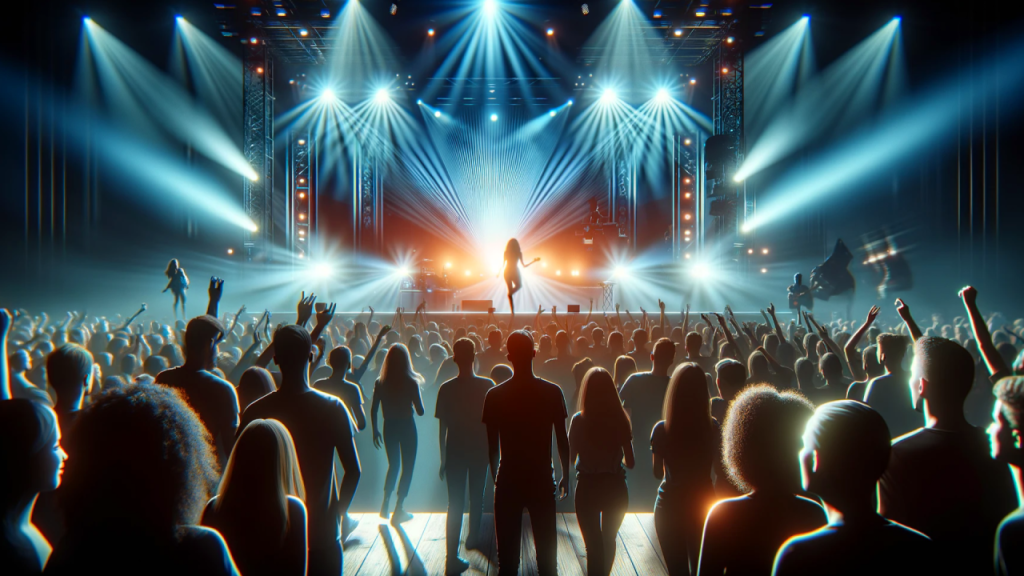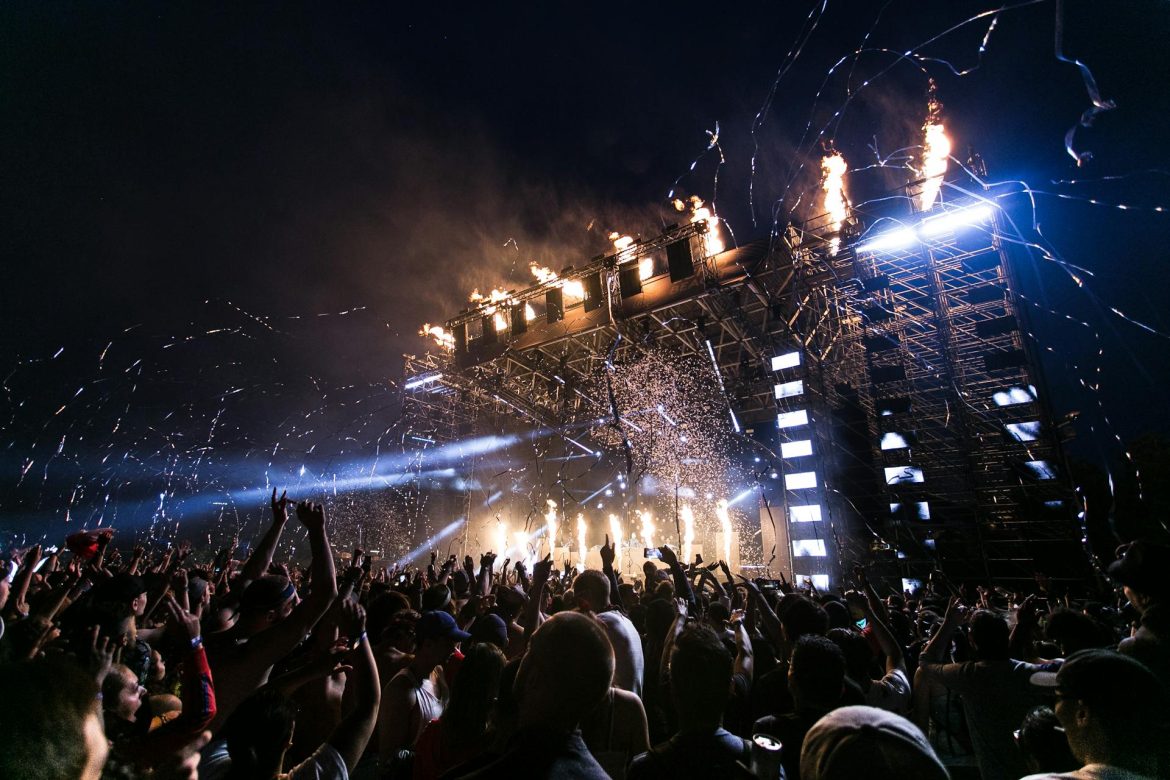Live music has undergone significant transformations over the years, reflecting changes in technology, culture, and audience preferences. From its origins in intimate settings to the grandeur of modern arenas and the innovations of digital platforms, the evolution of live music provides a fascinating glimpse into how artistic performances adapt and thrive in a dynamic world. This article explores the key phases of this evolution and the factors driving these changes.

The Early Days of Live Music
- Traditional Venues:
- Origins: In the early days, live music was primarily performed in local venues such as churches, town squares, and small theaters. These performances were often intimate and community-focused.
- Characteristics: Musicians would perform classical compositions, folk tunes, or religious hymns, and the experience was deeply connected to the cultural and social fabric of the time.
- Concert Halls and Opera Houses:
- Development: The 19th and early 20th centuries saw the rise of concert halls and opera houses, which became prominent venues for classical and operatic performances.
- Impact: These grand venues allowed for larger audiences and more elaborate productions, enhancing the overall experience and establishing the concert as a formal cultural event.
The Rise of Popular Music and Festivals
- The Jazz Age and Big Bands:
- Evolution: The early 20th century brought the rise of jazz and big band music, transforming live performances with energetic and improvisational elements. Jazz clubs and dance halls became popular gathering places.
- Significance: This era marked a shift from formal concert settings to more casual and interactive environments, reflecting the changing tastes and social dynamics of the time.
- Rock and Roll Era:
- Cultural Shift: The 1950s and 1960s saw the emergence of rock and roll, leading to the growth of large-scale concerts and music festivals. Iconic events like Woodstock became symbols of youth culture and social change.
- Influence: Rock and roll performances introduced new elements such as electric amplification, elaborate stage designs, and audience participation, shaping the future of live music.
- Music Festivals:
- Expansion: The latter half of the 20th century witnessed the proliferation of music festivals, ranging from local events to global phenomena. Festivals like Glastonbury and Coachella became major cultural events.
- Experience: Festivals offered diverse lineups and a communal experience, attracting large crowds and providing opportunities for both established and emerging artists to perform.

Technological Advancements and Modern Transformations
- Digital Revolution:
- Impact: The advent of digital technology revolutionized live music, with advancements such as digital sound systems, lighting, and visual effects enhancing the overall experience. Artists began to incorporate multimedia elements into their performances.
- Streaming and Social Media: Platforms like YouTube and social media have allowed artists to reach global audiences in real-time, leading to new forms of live streaming and virtual performances.
- Virtual Concerts:
- Emergence: The COVID-19 pandemic accelerated the adoption of virtual concerts and live-streamed performances. Artists and venues adapted by creating online experiences to connect with audiences while physical gatherings were restricted.
- Impact: Virtual concerts provided a new way to experience live music, offering interactive features such as virtual meet-and-greets and real-time fan engagement. However, they also highlighted the challenges of replicating the in-person concert experience.
- Hybrid Events:
- Integration: The concept of hybrid events, combining physical and virtual elements, has become increasingly popular. This approach allows artists to reach both in-person and online audiences, creating a more inclusive experience.
- Future Trends: Hybrid events are likely to continue evolving, integrating advanced technologies such as augmented reality (AR) and virtual reality (VR) to enhance the live music experience.
The Future of Live Music
- Immersive Experiences:
- Technological Innovations: Emerging technologies, such as VR and AR, are poised to transform live music experiences by offering immersive and interactive environments. These technologies have the potential to create new forms of audience engagement.
- Experiential Design: Future concerts may incorporate multisensory elements, including holograms and interactive installations, to provide unique and memorable experiences.
- Sustainability and Environmental Impact:
- Green Initiatives: The live music industry is increasingly focusing on sustainability, with efforts to reduce the environmental impact of concerts and festivals. This includes initiatives to minimize waste, energy consumption, and carbon footprints.
- Audience Awareness: There is a growing awareness among audiences and artists about the importance of eco-friendly practices, leading to more environmentally conscious approaches to live music.
- Globalization and Diversity:
- Cross-Cultural Influences: The globalization of music has led to a greater appreciation of diverse musical genres and styles. Artists from different cultures and regions are gaining international recognition, and live music events are reflecting this diversity.
- Inclusive Programming: Future live music events are likely to embrace a wider range of musical traditions and cultural expressions, creating a more inclusive and representative music landscape.

Conclusion
The evolution of live music reflects broader changes in technology, culture, and society. From intimate early performances to the digital innovations of today, the live music experience continues to adapt and transform. As technology advances and global influences expand, the future of live music promises to be even more dynamic and immersive, offering new ways for artists and audiences to connect and experience the magic of live performance. Understanding this evolution helps us appreciate the rich history of live music and its ongoing impact on contemporary culture.


